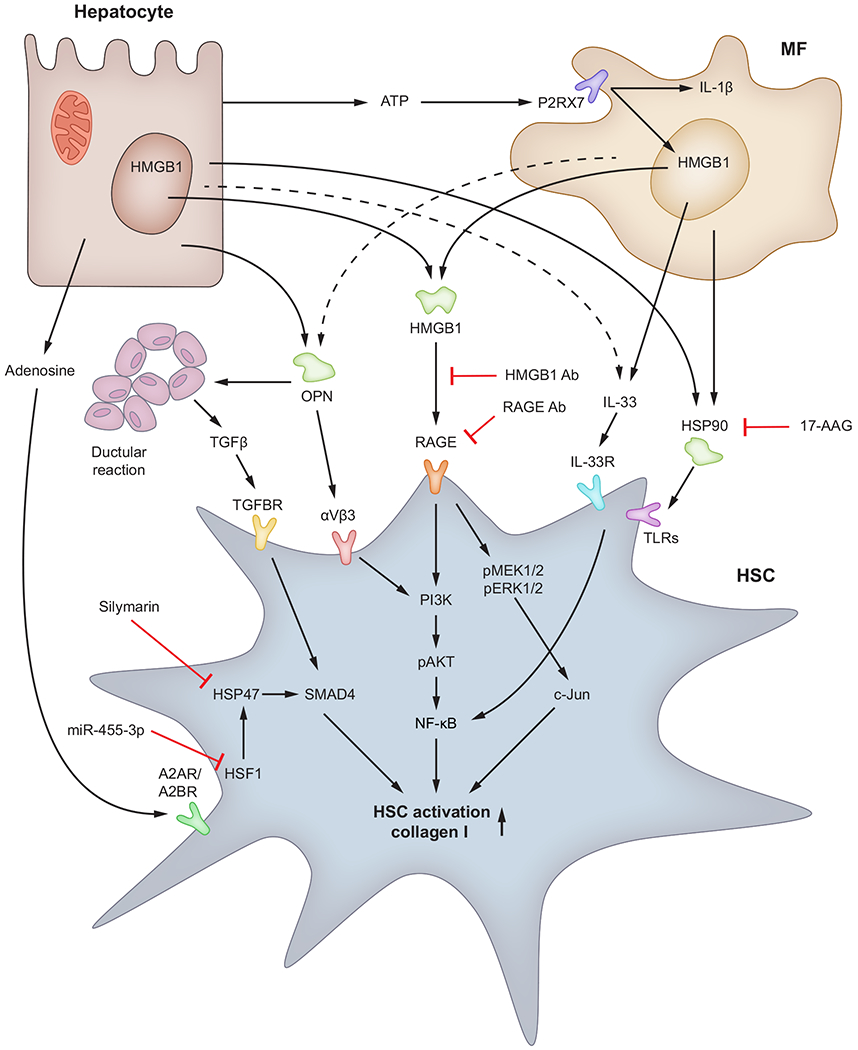Fig. 4. DAMPs activate HSCs and contribute to fibrosis.

In addition to being a significant source of ROS, hepatocytes produce adenosine, OPN and HMGB1, which target HSCs through A2AR/A2BR, αvβ3 integrin and RAGE, respectively and activate HSCs to promote scar deposition. MFs are also a significant source of ROS due to NOX activation and they produce HMGB1, OPN, IL33 and HSPs, which signal through RAGE, αvβ3 integrin, IL33R and TLRs, respectively, in HSCs to magnify the fibrogenic response. The contribution of biliary epithelial cells to HSC activation is significant as they produce TGFβ, which enhances collagen type I synthesis. HMGB1, OPN, IL-33, HSPs, ATP and adenosine, through interaction with their receptors on HSCs, signal via MEK1/2/c-Jun, PI3k/pAKT/NF-κB and TGFBR/Smad4 pathways to enhance collagen type I. Ab, antibody; DAMP(s), damage-associated molecular pattern(s); HMGB1, high-mobility group box-1; HSC(s), hepatic stellate cell(s); HSF, heat shock factor; HSPs, heat shock proteins; IL1, interleukin-1; IL33R, IL33 receptor; MF(s), macrophage(s); NOX, NADPH oxidase; OPN, osteopontin; RAGE, receptor for advanced glycation end-products; ROS, reactive oxygen species; TGFβ, transforming growth factor β; TGFBR, transforming growth factor beta receptor; TLR(s), Toll-like receptor(s).
